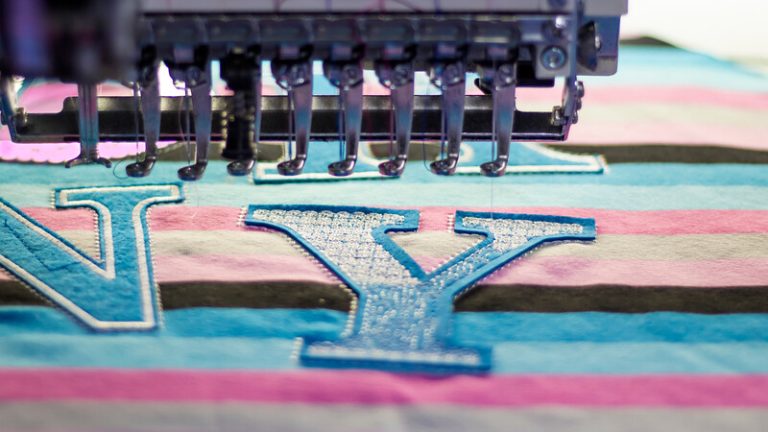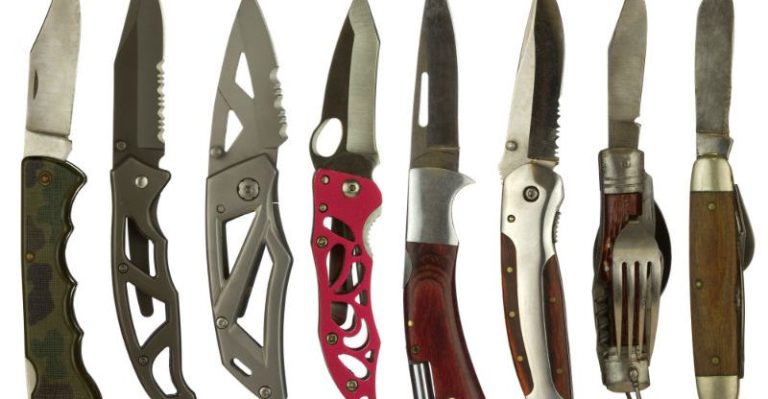Aluminum is one of the most versatile building materials available. No matter what shape you need, chances are it can be made from aluminum. One popular aluminum shape is the angle, and there are many different applications for which it is quite useful. These applications can generally be divided into two areas, architectural and structural angles, and the different needs of these areas require different alloys and tempers to be used to create both.
Aluminum Angles Explained
These angles are L-shaped aluminum shapes. The angle is commonly 90 degrees, but it can be larger or smaller, depending on the application. The shape can have even or uneven legs, and the most common sizes are 1/4”, 3/16”, 1/8”, 3/32” and 1/16”. The aluminum material makes these angles useful for a variety of different applications, thanks to its inherent light weight, strength, and resistance to environmental and insect damage. The angles are often combined or incorporated into larger structures.
Architectural Angles
The primary function of an architectural angle is to improve the aesthetic appearance of a home or other building. The aluminum used for this type of angle is usually 6063 aluminum, often in either a -T6 or -T52 temper. The malleability of this type of aluminum allows for the creation of the sharper, more squared corners that are preferred for this application, and it also has a smoother surface finish than many other alloys. These angles are often used in molding and trim, as well as around doors and windows. There can even be furniture made from aluminum architectural angles.
Structural Angles
Structural angles require more strength, so a strong 6061 alloy of aluminum is used, often in a –T6 temper. This type of aluminum is also easy to weld, machine and treat with heat, making it easier to use these angles as part of a bigger structure. The 6061 alloy can also be anodized, making it even more resistant to corrosion. These structural aluminum angles often feature rounded corners and do not necessarily have a finished appearance like architectural angles. They are used to make things like railroad cars, scaffolds, roof trusses, floor frames, pipelines, marine components and other heavy-duty structures.
Eagle Mouldings carries a wide variety of aluminum shapes, including angles. Visit www.eagle-aluminum.com to find exactly what you need for your next project.







